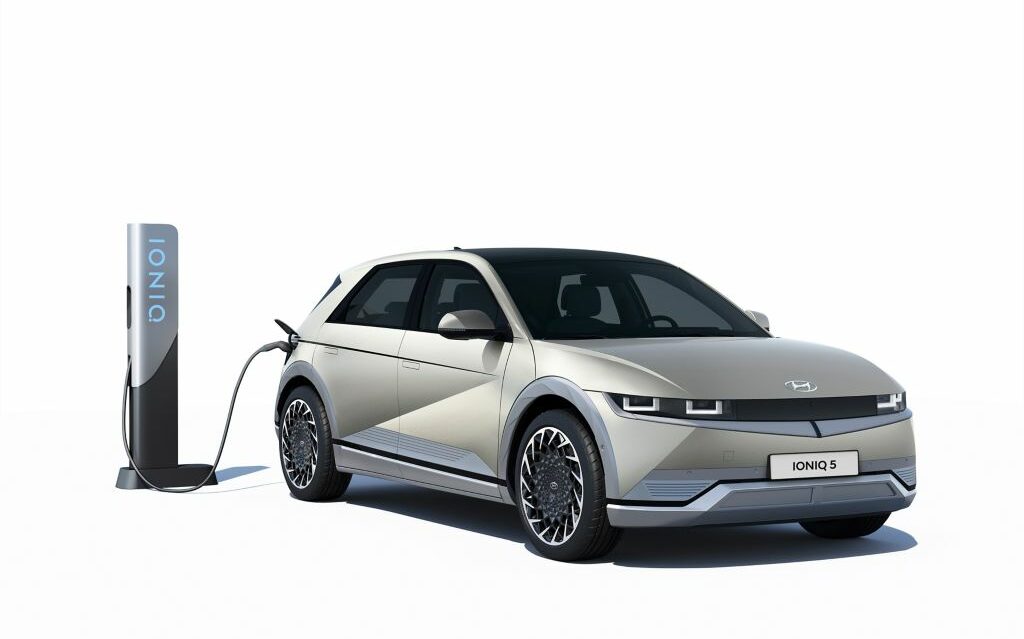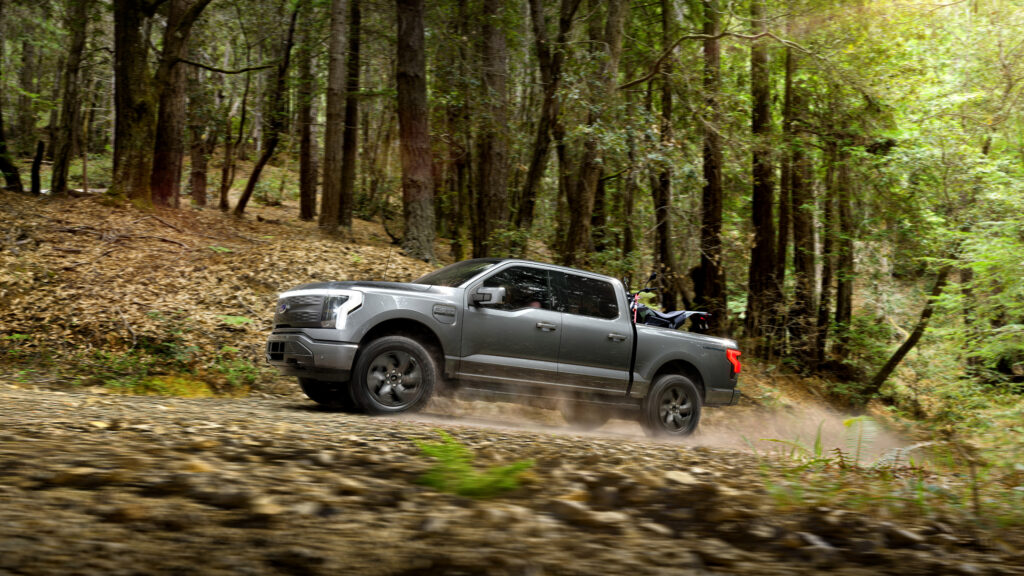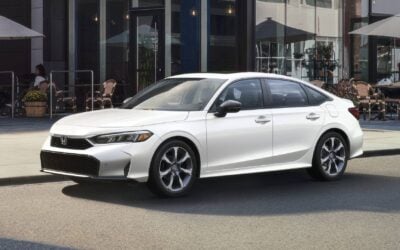After surpassing 2008’s record on Monday, gas prices will continue to rise for the foreseeable future. On June 14, the national average reached $5.02 per gallon. The record prices hit some drivers harder than others. With energy experts predicting instability for months to come, what’s on the horizon for auto sales in the United States?
Here’s How Much It Costs to Refuel the 10 Most Popular Vehicles in America
| $4.17/gallon | $4.50/gallon | $5.00/gallon | |
| Ford F-150 (20 mpg) | $108 | $117 | $130 |
| Ram 1500 (22 mpg) | $108 | $117 | $130 |
| Chevrolet Silverado (20 mpg) | $100 | $108 | $120 |
| Toyota RAV4 (30 mpg) | $60 | $65 | $73 |
| Honda CR-V (30 mpg) | $58 | $63 | $70 |
| Toyota Camry (32 mpg) | $67 | $72 | $80 |
| Nissan Rogue (30 mpg) | $60 | $65 | $73 |
| Jeep Grand Cherokee (21 mpg) | $104 | $113 | $125 |
| Toyota Highlander (23 mpg) | $75 | $81 | $90 |
| Honda Civic (34 mpg) | $52 | $56 | $62 |
Electric Vehicle Sales Likely to Spike

At over $5.00/gallon, a larger portion of consumers are likely to turn to electric vehicles to solve their fuel cost woes. Last time gas prices were at record highs, there were no mainstream EVs for sale. In fact, Tesla’s original Roadster (which sold only 2,450 cars) made its debut in 2008. Although charging infrastructure lags behind sales growth, more and more drivers are making the switch.
In 2021, fully-electric and plug-in hybrid models reached 4.8% market share in the United States. It’s fascinating to imagine what would be possible in 2022 if new vehicle inventory was at historically normal levels.
Here’s how much an EV owner driving 1,200 miles a month and charging at home would spend on fuel (electricity). Miles driven and residential electricity rates reflect the US averages.
| Battery (kWh) | Range (miles) | Cost per charge ($) | |
| Tesla Model 3 LR | 82 | 358 | $11.48 |
| Tesla Model Y Dual Motor | 75 | 330 | $10.50 |
| Volkswagen ID.4 | 82 | 260 | $11.48 |
| Hyundai IONIQ 5 | 77 | 303 | $10.78 |
| Ford Mustang Mach-E | 91 | 305 | $12.74 |
| Rivian R1T | 135 | 314 | $18.90 |
Breaking down the fuel cost per mile highlights potential savings even further:
| Range | Fuel Cost ($) | Cost Per Mile ($) | |
| Tesla Model 3 LR | 358 | 11.48 | 0.03 |
| Tesla Model Y Dual Motor | 330 | 10.50 | 0.03 |
| Volkswagen ID.4 | 260 | 11.48 | 0.04 |
| Hyundai IONIQ 5 | 303 | 10.78 | 0.04 |
| Ford Mustang Mach-E | 305 | 12.74 | 0.04 |
| Rivian R1T | 314 | 18.90 | 0.06 |
| Honda CR-V | 420 | 63.00 | 0.15 |
| Toyota RAV4 | 435 | 65.25 | 0.15 |
| Chevrolet Silverado | 480 | 108.00 | 0.23 |
| Ram 1500 | 572 | 117.00 | 0.20 |
| Ford F-150 | 520 | 117.00 | 0.23 |
This comparison includes gas at $4.50/gal and electricity at the average of $0.14/kWh.
How Did Auto Sales Respond In 2008?

Some headlines don’t age well. In 2008, Wired made a bold statement that is laughable in hindsight. “Rising Gas Prices Finally Kill The Once-Mighty SUV,” the title declared. 2008 saw gas prices climb to $4.10 a gallon, a record that stood until yesterday.
In 2008, sales of the Toyota Yaris increased 46%, and the Ford Focus model jumped 32% year-over-year. “It’s easily the most dramatic segment shift I have witnessed in the market in my 31 years here,” George Pipas, chief sales analyst for the Ford Motor Company told the New York Times that year.
Sales of SUVs were down more than 25% in 2008. Sales of the Chevrolet Tahoe fell 35%. Even the industry-leading Ford F-Series saw sales drop 27% month-to-month in mid-2008.
“The era of large SUVs is over,” said Michael Jackson, chief executive of AutoNation, the nation’s largest auto retailer.
As history would have it, gas prices declined back to $2.79/gallon in 2010. Truck and SUV sales climbed back to record levels by 2015. What could be different this time around? There were no attractive alternatives to combustion vehicles a decade ago. Hybrid cars remained compact, weird-looking appliances. Now, plenty of electric vehicles are hitting the market with good looks, and even better fuel savings.
The ongoing chip crisis and looming materials crisis due to the Ukraine conflict continues to bottleneck EV production, but dealers (and Tesla, Lucid and Rivian) are selling their EVs as fast as they can make them. Electric vehicle market share is likely to surpass the 5% mark in the first half of 2022. Will higher gas prices accelerate the adoption of EVs? The answer largely depends on supply. Dozens of EVs are technically available in 2022, but are they really if you have to wait months to take delivery? One-third of American drivers say they are seriously considering one for their next vehicle. The question is, will there be any to buy?













You think the chip shortage the only problem
https://www.autoevolution.com/news/tech-giant-comes-up-with-horror-warning-related-to-the-chip-shortage-183377.html